Indigenous Governance Database
Environment and Natural Resources
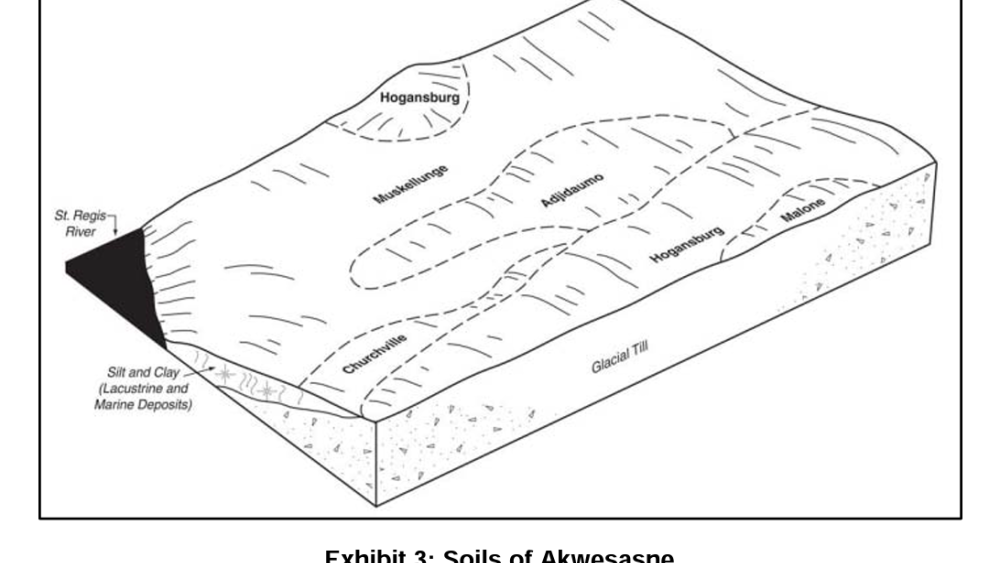
Climate Change Adaptation Plan for Akwesasne
The Saint Regis Mohawk Tribe’s (SRMT) Environment Division is investigating the impacts of climate change on the resources, assets, and community of Akwesasne and is developing recommendations for actions to adapt to projected climate change impacts. This plan is a first step in an effort to…
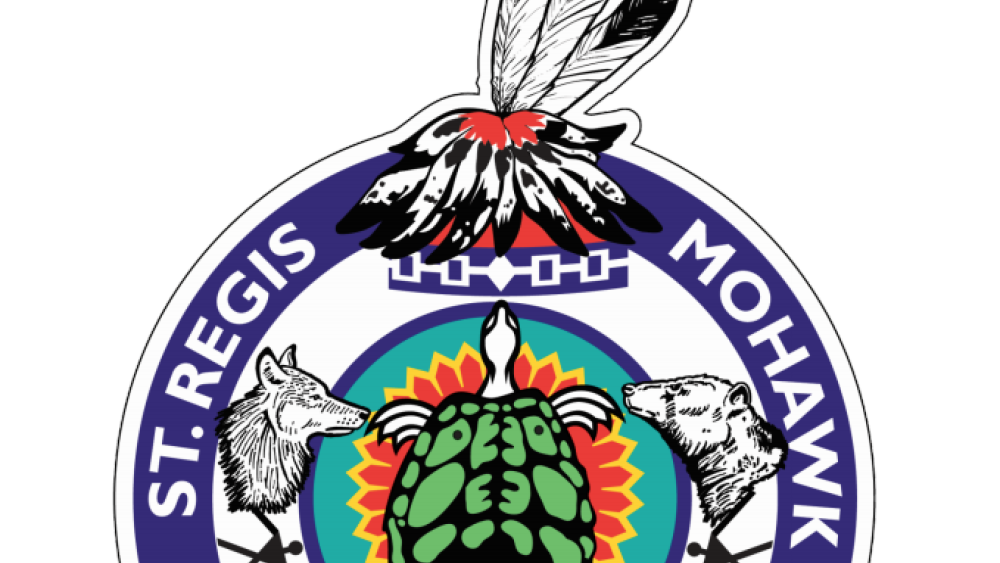
Saint Regis Mohawk Tribe: Climate Change and Adaptation Planning for Haudenosaunee Tribes
Tribes are beginning to identify potential climate change impacts on their cultural and environmental resources and to develop climate change adaptation plans. The Saint Regis Mohawk Tribe, located in New York and Canada, is in the early stages of adaptation planning. The Tribe is bringing together…
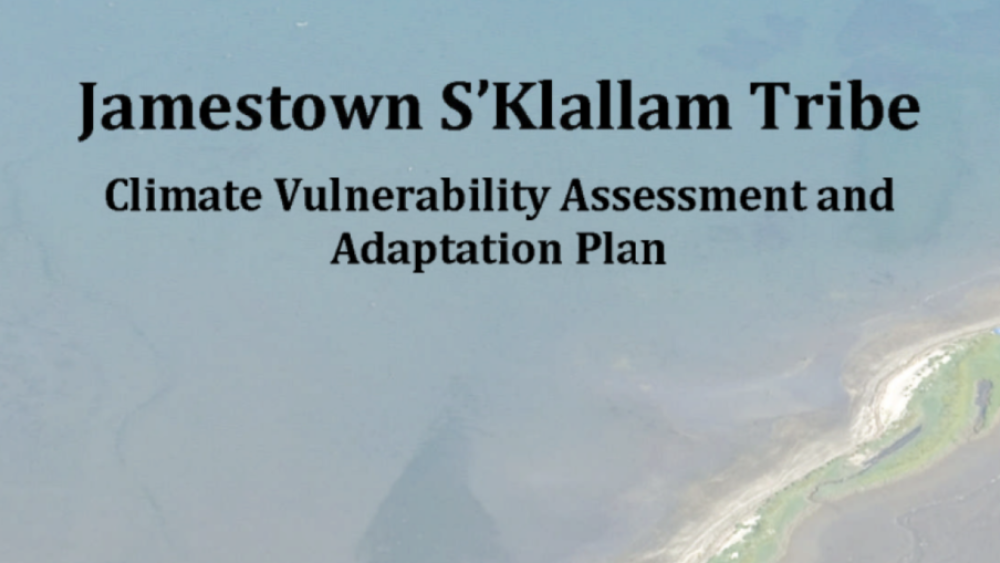
Climate Change Vulnerability Assessment and Adaptation Plan
Jamestown S'Klallam Tribal Citizens and their descendants reside in a landscape that has sustained them for thousands of years, the Olympic Peninusula of Washington State. Particularly over the last two centuries, the Jamestown S'Klallam people have successfully navigated a variety of soceital…
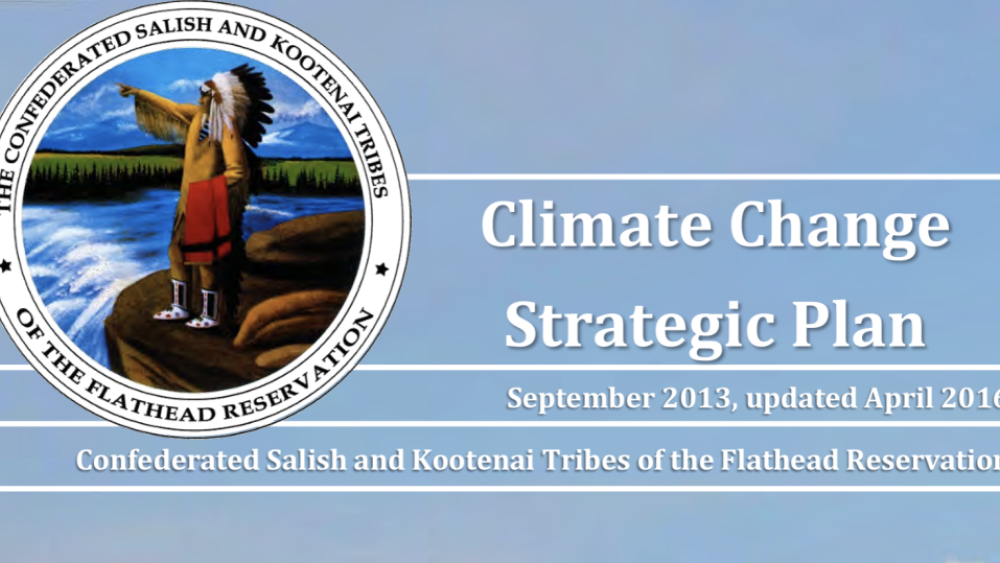
Confederated Salish & Kootenai Tribes Climate Change Strategic Plan
Overwhelming scientific evidence demonstrates that human inputs of greenhouse gases are almost certain to cause continued warming of the planet. (Environmental Protection Agency, 2013) The Northwest has already observed climate changes including an average increase in temperature of 1.5°F over the…
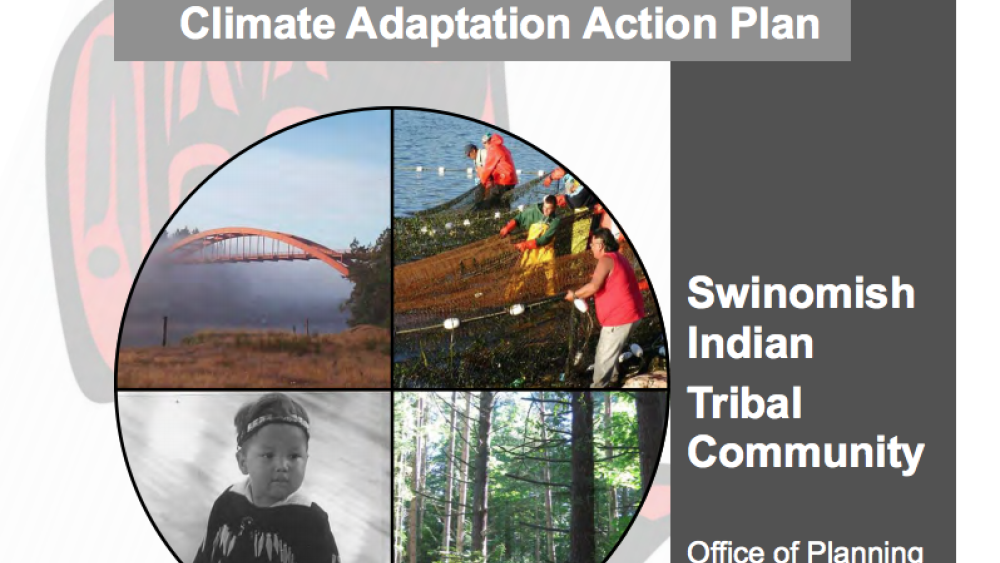
Swinomish Climate Change Initiative: Climate Adaptation Action Plan
In the fall of 2008 the Swinomish Indian Tribal Community started work on a landmark two-year Climate Change Initiative to study the impacts of climate change on the resources, assets, and community of the Swinomish Indian Reservation and to develop recommendations on actions to adapt to projected…
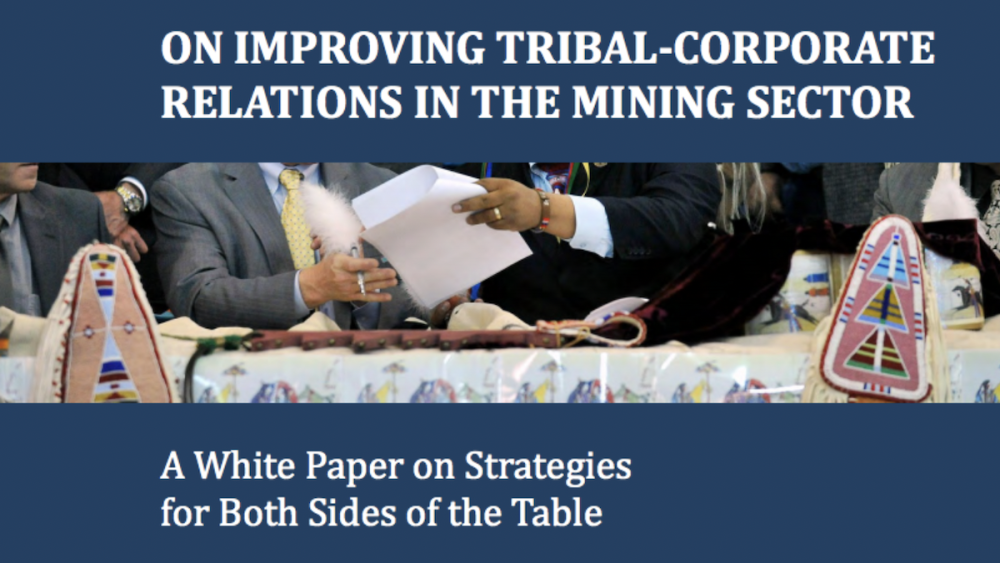
On Improving Tribal-Corporate Relations In The Mining Sector: A White Paper on Strategies for Both Sides of the Table
Mining everywhere is inherently controversial. By its very nature, it poses hard economic, environmental, and social tradeoffs. Depending on the nature of the resource and its location, to greater or lesser degrees, the mining process necessarily disturbs environments, alters landscapes, and…
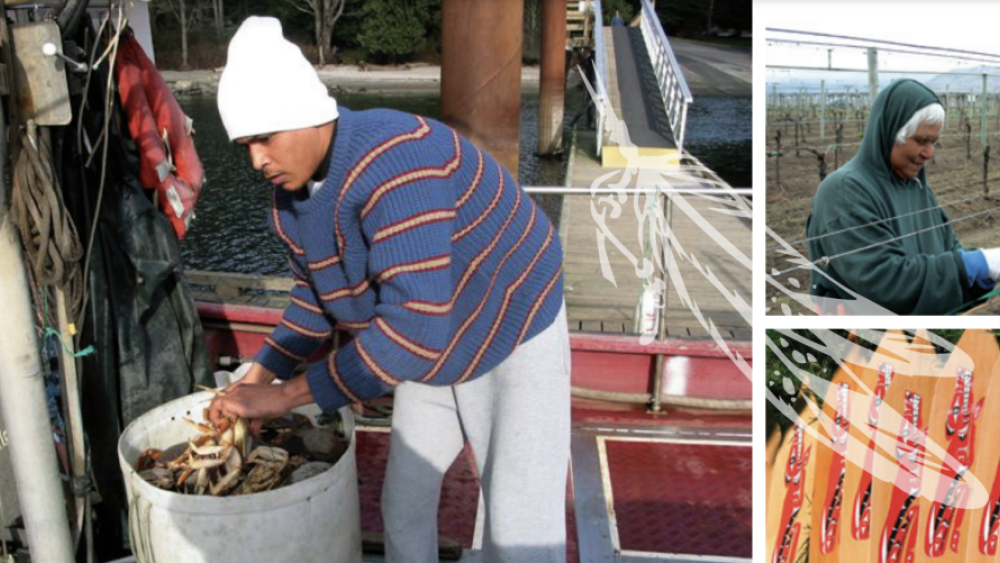
Journey to Economic Independence: B.C. First Nations' Perspectives
There are two approaches to economic development being pursued by the participant First Nations. One is creation of an economy through support for local entrepreneurs and the development of their individual enterprises (i.e. Westbank First Nation). The other is creation of an economy through…
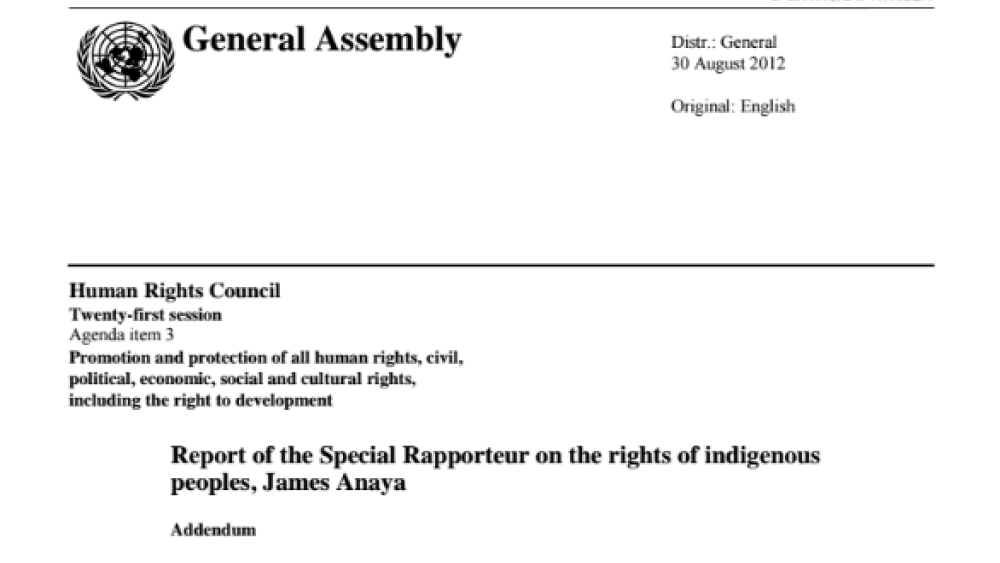
The situation of indigenous peoples in the United States of America
In this report, the United Nations Special Rapporteur on the rights of indigenous peoples examines the human rights situation of indigenous peoples in the United States, on the basis of research and information gathered, including during a visit to the country from 23 April to 4 May 2012. During…
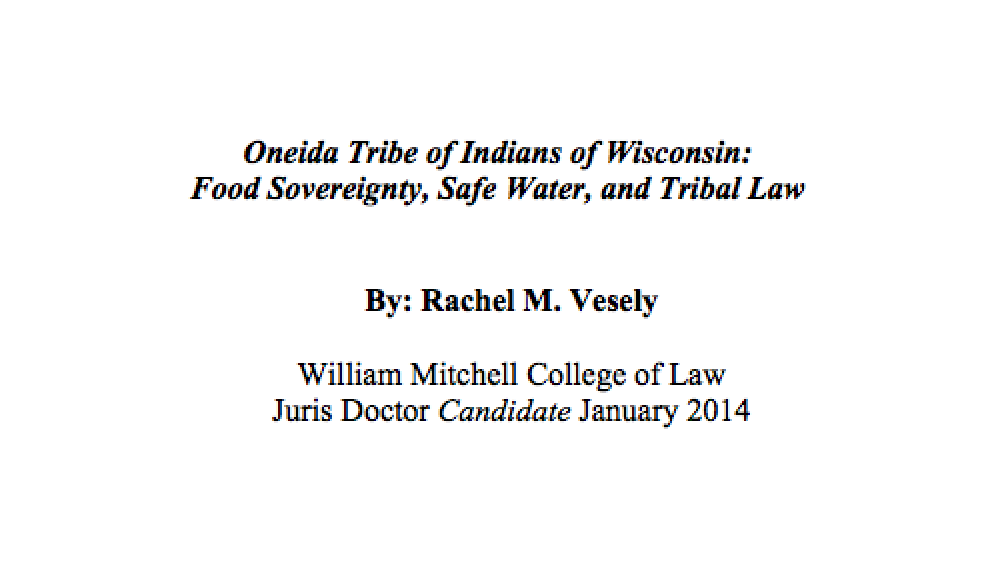
Oneida Tribe of Indians of Wisconsin: Food Sovereignty, Safe Water, and Tribal Law
An example of a Native American community working to achieve food sovereignty not only with physical nutrients but also with social elements is the Oneida Tribe of Indians of Wisconsin. This article analyzes the strengths of the Oneida Tribe's approach to preserving water quality and fishing…
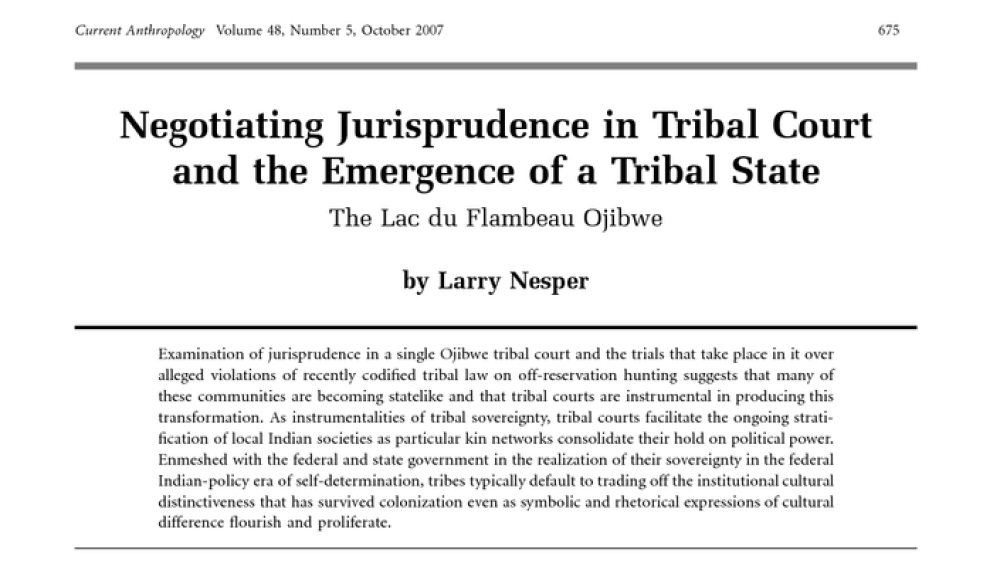
Negotiating Jurisprudence in Tribal Court and the Emergence of a Tribal State: The Lac du Flambeau Ojibwe
The interaction between American Indian activism and changes in federal Indian policy since the 1960s has transformed American Indian tribes from largely powerless and impoverished kinshipâ€based communities into neocolonial statelike entities (Wilkinson 2005).1 Representing themselves as distinct…
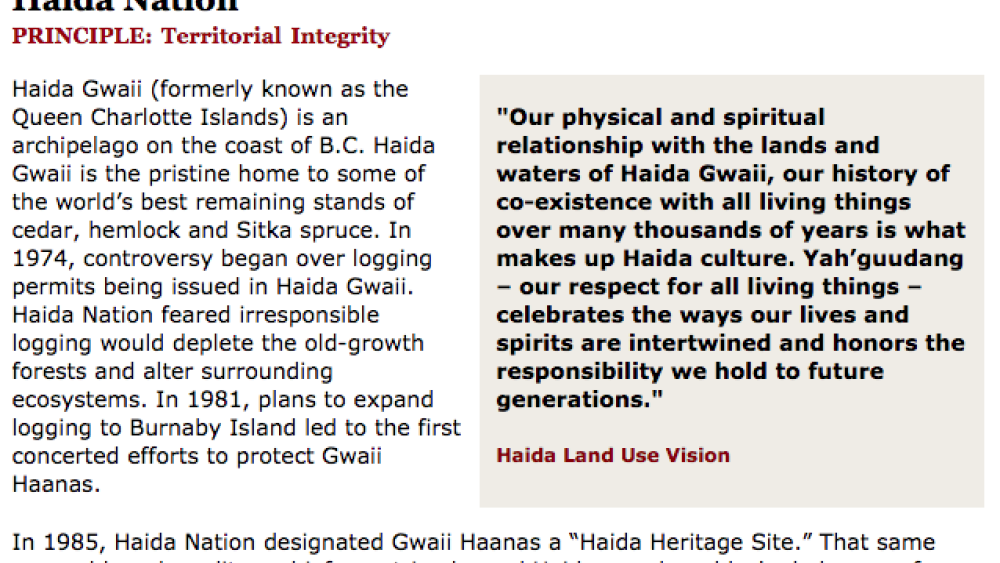
Best Practices Case Study (Territorial Integrity): Haida Nation
Haida Gwaii (formerly known as the Queen Charlotte Islands) is an archipelago on the coast of B.C. Haida Gwaii is the pristine home to some of the world's best remaining stands of cedar, hemlock and Sitka spruce. In 1974, controversy began over logging permits being issued in Haida Gwaii. Haida…
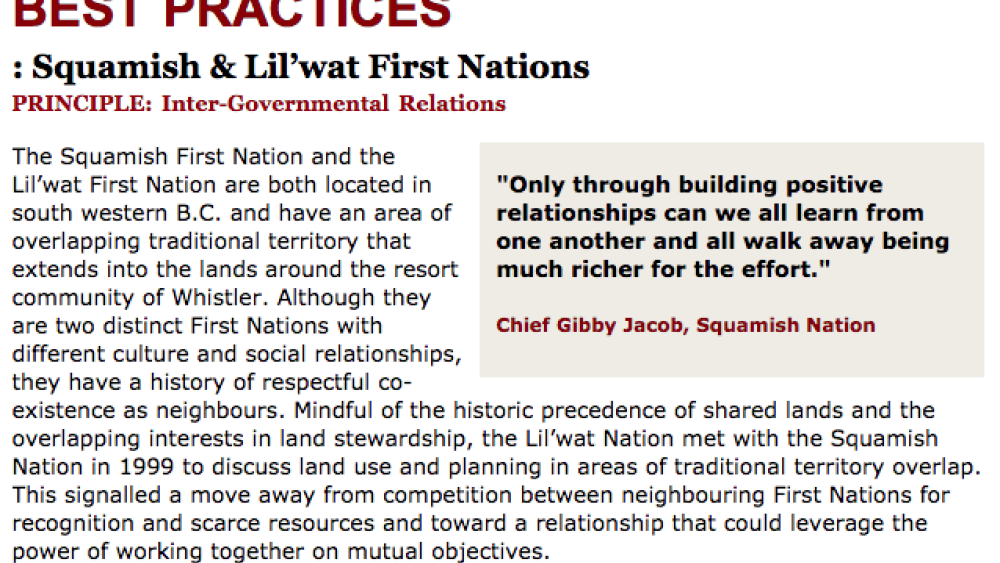
Best Practices Case Study (Inter-Governmental Relations): Squamish & Lil'wat First Nations
The Squamish First Nation and the Lil'wat First Nation are both located in southwestern B.C. and have an area of overlapping traditional territory that extends into the lands around the resort community of Whistler. Although they are two distinct First Nations with different cultures and social…
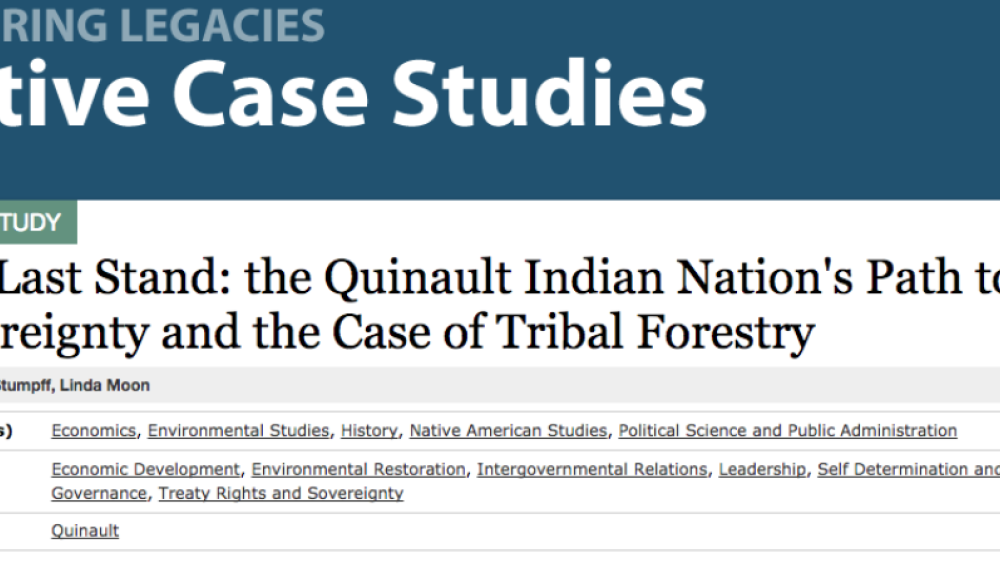
The Last Stand: the Quinault Indian Nation's Path to Sovereignty and the Case of Tribal Forestry
This case tells a story of forestry management policies on the Quinault Reservation. In the early years, the Office of Indian Affairs (OIA) and later the Bureau of Indian Affairs (BIA) acted like a landlord, allocating large timber sales to non-Indian timber companies. The Dawes Act fragmented the…
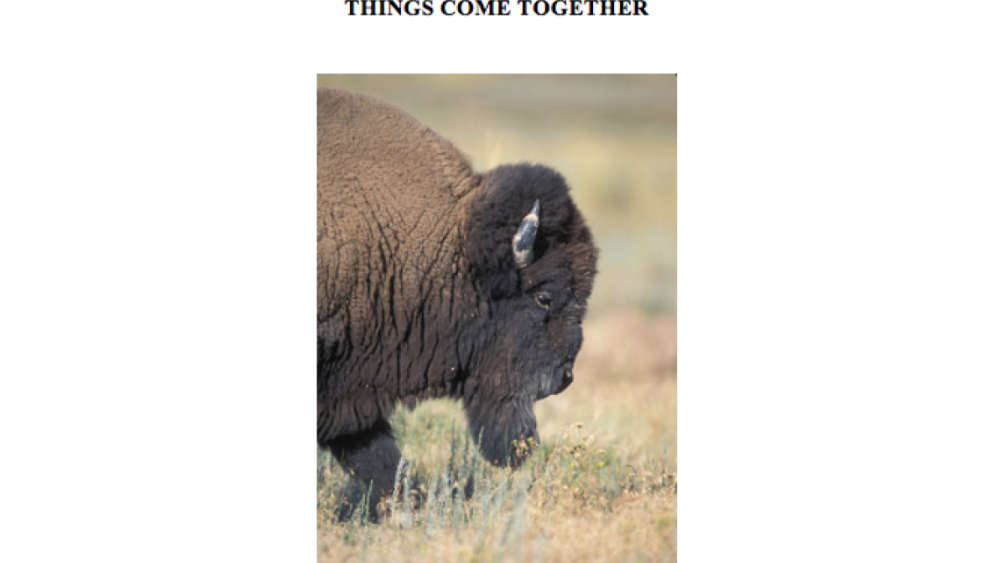
Back to the Bison Case Study Part II
After the Confederated Salish Kootenai Tribes (CSKT) made the decision to work towards signing a management agreement, they began discussions with United States Fish and Wildlife Service (USFWS) in 1994 to pursue the co-management and joint operation of the National Bison Range Complex (NBRC) which…
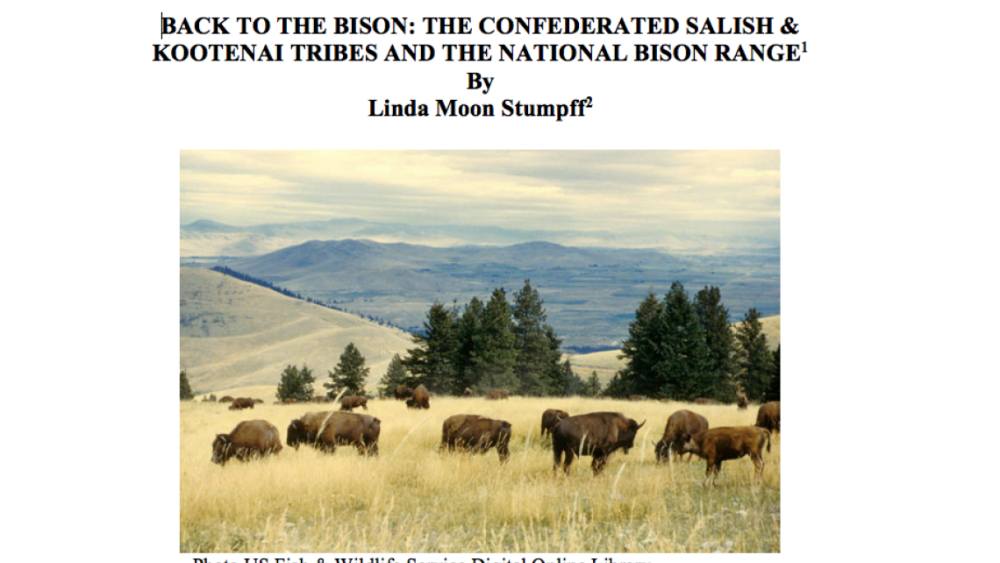
Back to the Bison Case Study Part I
Thirty years after taking over the reins of forestry, recreation, wildlife and other natural resource operations on their reservation lands, the Confederated Salish and Kootenai Tribes (CSKT) established a reputation for environmental leadership in wildlife, wilderness, recreation and co-management…
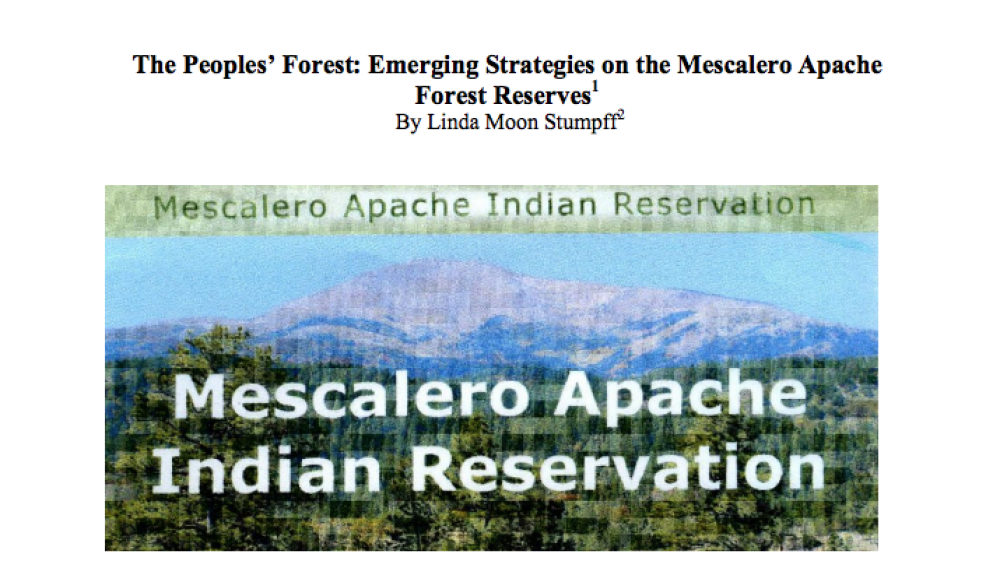
The Peoples' Forest: Emerging Strategies on the Mescalero Apache Forest Reserves
This case raises questions about how American Indian Tribes reshape the care of forests on Indian lands by coordinating science-based forestry methodology and traditional ecological knowledge to meet their goals. Working the case, students are challenged to look for ways that the Mescalero Apache…
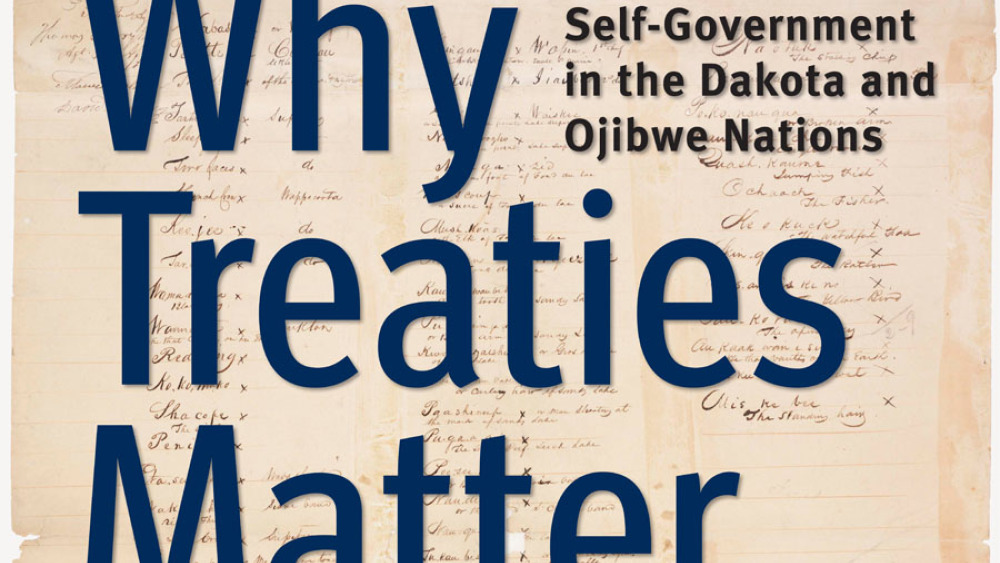
Why Treaties Matter: Relations: Dakota & Ojibwe Treaties
Ojibwe and Dakota people in what is now Minnesota signed dozens of treaties with the United States. Among these treaties are famous land cession agreements in which sovereign American Indian groups retained ownership or use of natural resources — land, water, timber, minerals — or transferred these…
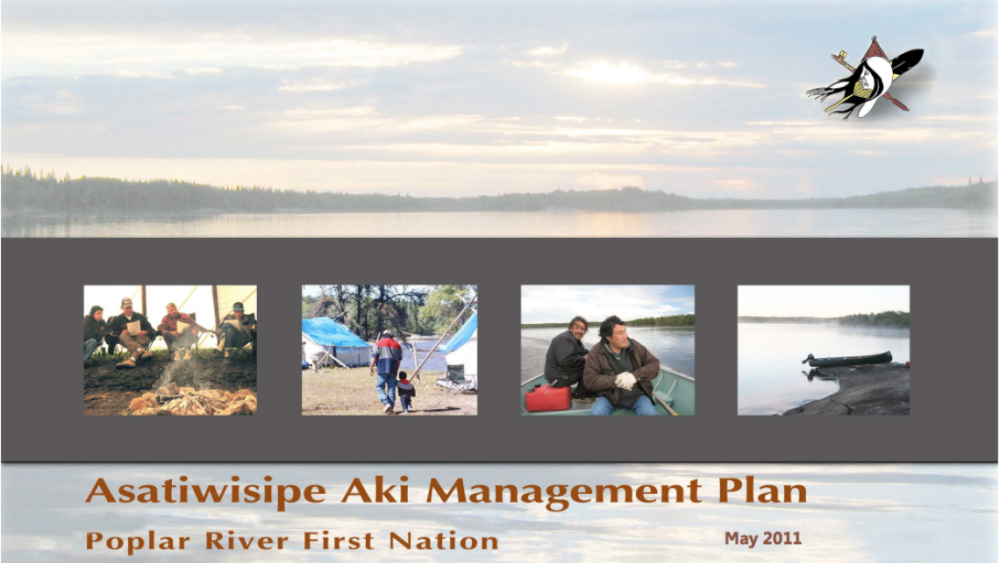
Asatiwisipe Aki Management Plan
The Asatiwisipe Aki Management Plan arises from several earlier initiatives by Poplar River First Nation. Poplar River has completed a variety of studies for the planning area, including traditional knowledge and community history interviews with Elders, traditional land use studies, archaeological…

Securing Our Futures
NCAI is releasing a Securing Our Futures report in conjunction with the 2013 State of Indian Nations. This report shows areas where tribes are exercising their sovereignty right now, diversifying their revenue base, and bringing economic success to their nations and surrounding communities. The…
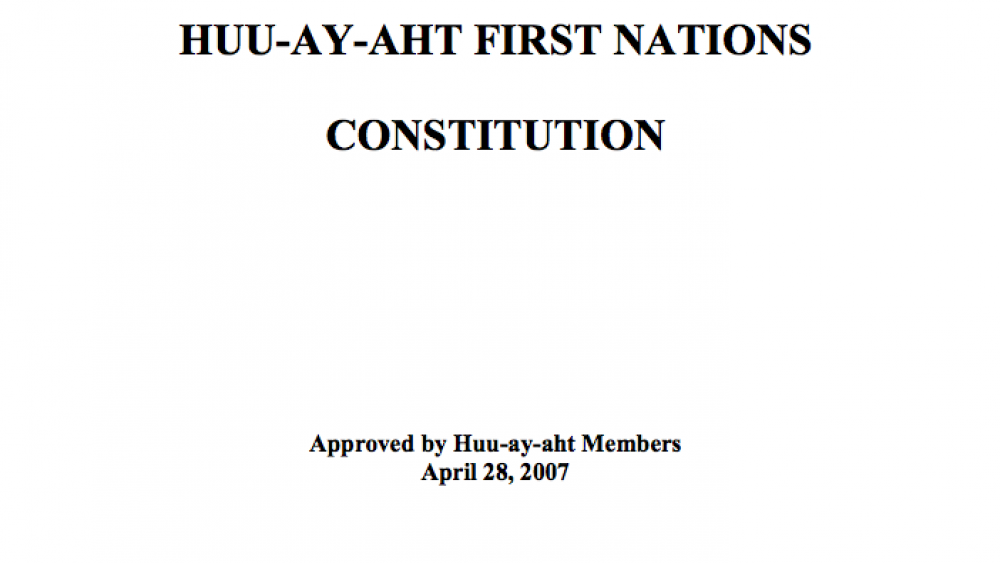
Huu-Ay-Aht First Nations Constitution
We, the people of Huu-ay-aht, by this Constitution declare our unique identity as a Nation and claim our rightful place as equal participants in Canadian society. We have existed from time immemorial and have occupied and used the lands, waters and resources of our traditional territory throughout…
